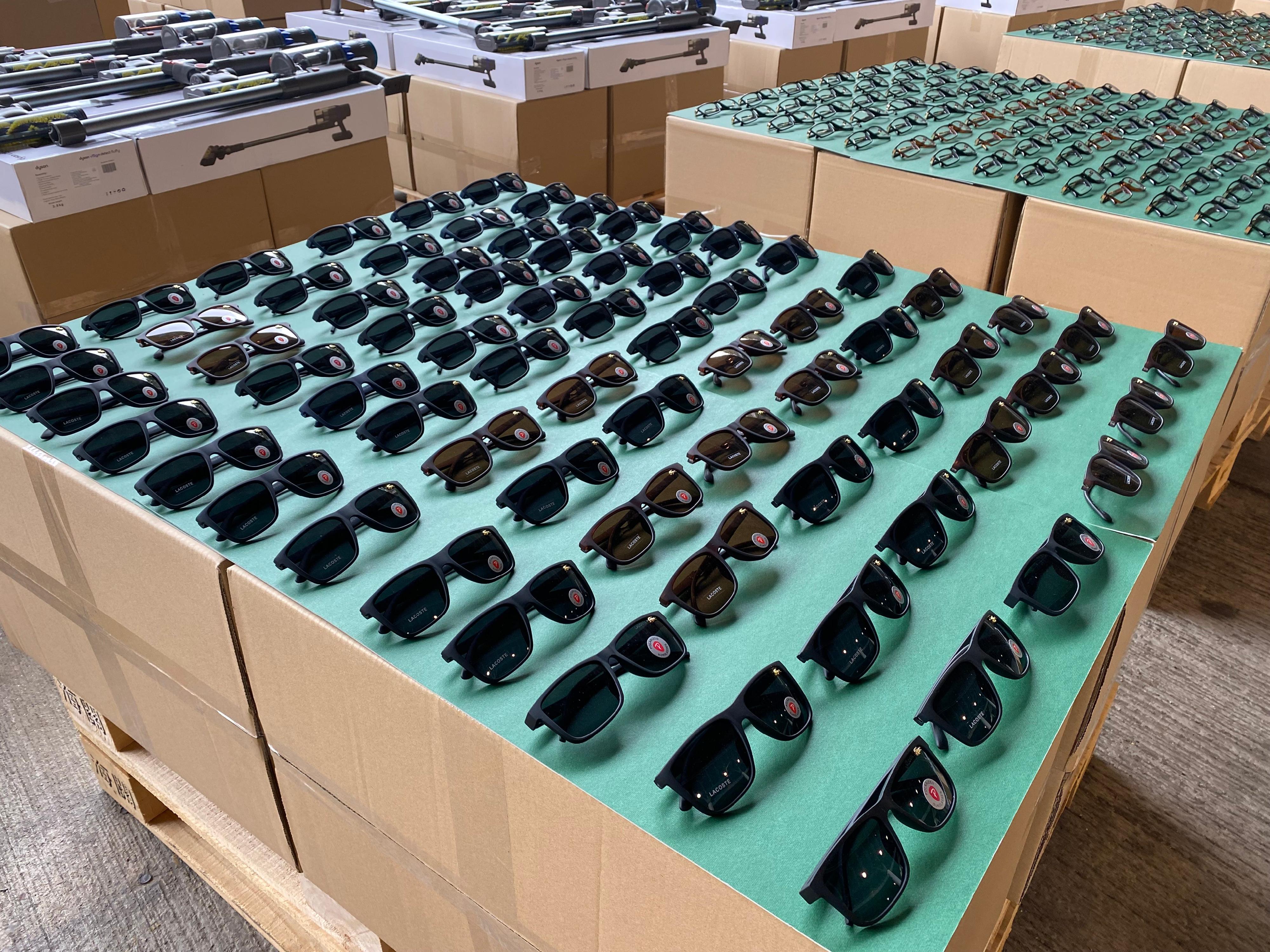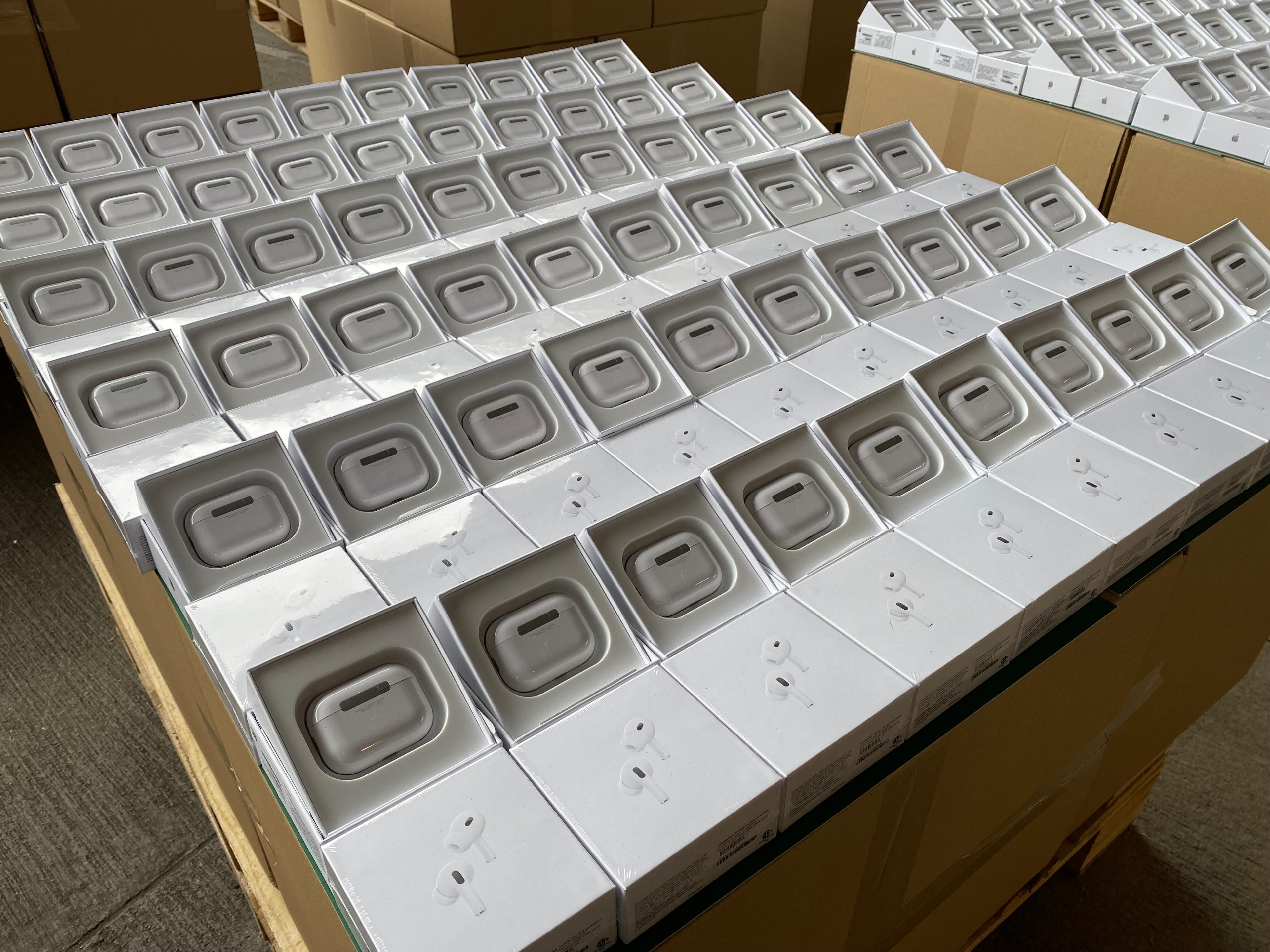Following is a question by the Hon Chan Hak-kan and a written reply by the Secretary for Environment and Ecology, Mr Tse Chin-wan, in the Legislative Council today (November 8):
Question:
“The Chief Executive’s 2022 Policy Address” stated that the Government would announce a roadmap for the promotion of electric public transport and commercial vehicles by 2025, and introduce about 700 electric buses and about 3 000 electric taxis by the end of 2027. In this connection, will the Government inform this Council:
(1) as it is learnt that currently under the Pilot Scheme for Electric Public Light Buses (the Pilot Scheme), there are a total of six suppliers of electric public light buses (PLBs) complying with the prequalification requirements, of the following information on the PLBs supplied by such suppliers under the Pilot Scheme: (i) the amount of subsidies involved, (ii) the prices of the vehicles, (iii) the number of the vehicles, (iv) the PLB routes involved in the trial, (v) the commencement and completion dates of the trial, as well as (vi) the locations and (vii) the number of the charging stations (set out in Table 1);
Table 1
| Supplier complying with the prequalification requirements |
(i) |
(ii) |
(iii) |
(iv) |
(v) |
(vi) |
(vii) |
| |
|
|
|
|
|
|
|
(2) as the Government indicated in reply to a question raised by a Member of this Council on May 26, 2021 that the Government had identified various public transport interchanges on Hong Kong Island, in Kowloon and in the New Territories which were suitable for conducting the trial of electric PLBs, of the relevant details;
(3) as the Government indicated in reply to a question raised by a Member of this Council on May 17 this year that as at the end of April this year, there had been a total of five pure electric taxis in Hong Kong, representing less than 1 per cent of the total number of 18 163 taxis, of the measures put in place by the Government to increase the number of electric taxis to 3 000 by the end of 2027, and the specific target number of electric taxis at the end of each year from this year to 2026 (set out in Table 2);
Table 2
| Year |
Target number of electric taxis |
| End of 2023 |
|
| …… |
|
| End of 2026 |
|
(4) whether it will identify sites for constructing large charging yards for taxis; if so, of the details (including the number of charging piles involved);
(5) as it has been reported that earlier on, some franchised bus companies applied to the Government for opening up the charging facilities in their bus depots for use by other electric public transport (e.g. electric taxis and PLBs) during the daytime, of the total number of relevant applications received by the Government, and the progress of the vetting and approval of such applications;
(6) of the current number of electric buses in Hong Kong, and whether such number meets the Government’s expectation; the measures put in place by the Government to ensure that the target of introducing about 700 electric buses by the end of 2027 will be met; and
(7) as a paper provided by the Government at the meeting of the Panel on Environmental Affairs of this Council on April 21 this year indicated that in the coming three years, the Government would provide charging facilities for an additional 7 000 parking spaces in government premises to be completed soon as well as those just completed, whether such parking spaces will be made available for use by electric public transport, and of the locations of such government premises and the number of the additional parking spaces concerned?
Reply:
President,
Green transport is an important element for Hong Kong to attain carbon neutrality before 2050. The Government has targeted to announce a roadmap for the promotion of electric public transport and commercial vehicles by 2025 to achieve zero vehicular emissions before 2050. In view that more brands of electric buses (e-buses) and electric taxis (e-taxis) will enter the Hong Kong market, “The Chief Executive’s 2023 Policy Address” (Policy Address) has announced that the Government will expedite the formulation of a citywide green transformation roadmap and timetable for public buses and taxis; as well as provide support to realise the goal of introducing about 700 e-buses and about 3 000 e-taxis by end-2027.
In consultation with the Development Bureau, the Transport and Logistics Bureau and the Transport Department, my reply to the question raised by the Hon Chan is as follows:
(1) To take forward the Pilot Scheme for Electric Public Light Buses, the Environmental Protection Department (EPD) has publicly invited suppliers interested in providing electric public light buses (e-PLBs) to submit proposals for becoming “prequalified suppliers” under the scheme. Currently, six suppliers are participating. Details of the suppliers, the e-PLB models and the agreed prices of e-PLBs under the Pilot Scheme are as follows:
| Prequalified suppliers |
e-PLB Model |
Price (HK$) |
| Green Mobility Innovations Limited |
THOR |
1,383,060 |
| Jupiter EV HK Limited |
WD6757BEVRG01 |
1,500,000 |
| E. Tech Dynamic Technology Co. Limited |
XML6722JEV |
1,680,000 |
| Shui Cheong Motors Limited |
SOLUTION |
1,800,000 |
| Shun Hing New Energy Co., Ltd. |
GTQ6721BEVBT30 |
2,000,000 |
| China Dynamics New Energy Technology Company Limited |
YST6700BEVG/ APEX MINI |
2,280,000 |
The Government will implement the Pilot Scheme in phases. The first trial points are the Kwun Tong Yue Man Square and Kowloon Tong (Suffolk Road) Public Transport Interchanges (PTIs), where charging facilities will be provided. Green public light bus operators may apply for participation in the first phase of the scheme until November 17, 2023. The Government will provide successful operators with a subsidy of 80 per cent of vehicle cost for each e-PLB participating in the trial. For each operator, the number of participating e-PLBs at each PTI shall not exceed 10 per cent of the operator’s fleet, or a maximum of two vehicles, whichever is higher. The EPD expects to complete vetting and approval of applications by December 2023. They will confirm the number of participating e-PLBs, trial routes and dates with the operators by then, with a view to commencing the first phase trial in the first quarter of 2024.
(2) The green minibus termini or PTIs for implementing the Pilot Scheme must be suitable for installing quick charging facilities and have adequate power supply. Apart from the abovementioned Kwun Tong Yue Man Square and Kowloon Tong (Suffolk Road) PTIs located in Kowloon, the EPD has conducted on-site inspections and identified the Yuen Long (North) PTI in the New Territories for conducting trial. Tenders will be invited in the fourth quarter of 2023 to engage a contractor for installing, operating, managing and maintaining quick charging facilities there. Besides, the EPD is identifying a suitable PTI in the eastern part of Hong Kong Island. We expect to invite tenders for installing charging facilities and providing charging services to e-PLBs in the first quarter of 2024.
(3) With the Government’s active promotion and preparation, more e-taxi models begin to enter the Hong Kong market. The New Energy Transport Fund (NET Fund) currently provides subsidies for trials of e-taxis. As at October 2023, trials of 40 new generation e-taxis have been approved under the Fund.
To realise our goal of introducing about 3 000 e-taxis by end-2027, the Government will continue to provide adequate policy support, including facilitating vehicle suppliers to introduce more e-taxi models for the trade’s selection, as well as announcing in the Policy Address to earmark $50 million to subsidise the trade to purchase wheelchair accessible e-taxis. Moreover, we are actively establishing charging facilities, including setting up dedicated quick chargers for e-taxis, offering incentives for petrol filling station (PFS) operators to add electric vehicle (EV) charging facilities, as well as supporting the conversion of PFS sites to EV quick charging stations. The Government has also launched the Dedicated 100% Loan Guarantee Scheme for Battery Electric Taxis, which enables taxi owners to take out loan with a better interest rate for purchasing e-taxis. We are confident that the above range of policy measures will help provide a conducive market environment for the trade to accelerate their pace of shifting to e-taxis in coming few years. The target is that the number of e-taxis would grow exponentially in coming years, reaching 3 000 by end-2027.
(4) Taxis in Hong Kong have a unique operational mode, requiring a quick charging network covering the territory. The Government has refined land lease conditions to incentivise PFS operators to install EV charging facilities in available space within the about 180 existing PFSs in Hong Kong. We will also gradually convert some existing PFSs, as well as dedicated and non-dedicated liquefied petroleum gas filling stations to quick charging stations in the medium to long term. Such quick charging stations will serve different types of vehicles, including e-taxis. Tenders will be invited in the first quarter of next year for the conversion of two vacant PFS sites to EV quick charging stations. In addition, the Government is identifying suitable locations (such as taxis stands, government premises, short term tenancy sites) across the territory for setting up dedicated e-taxi charging facilities. The NET Fund has also newly included trial projects on e-taxi charging mode, subsidising the trade to set up dedicated e-taxi quick charging facilities and mobile charging systems. The Government will closely monitor the market development and charging needs of e-taxis, as well as actively communicate with the trade, so as to review the needs for more dedicated and non-dedicated e-taxi charging facilities in a timely manner.
(5) The Lands Department (LandsD) received 11 applications in the first half of this year from bus operator applying for opening up their charging facilities in bus depots for use by other public transport, including four lease modifications and seven short term tenancy modifications for amending the relevant terms in the land documents, which would expand the permitted use from that related to bus operation to covering commercial services in providing charging services to other public transportation. The applications are being processed in accordance with established procedures. Policy support from the Environment and Ecology Bureau was received for all relevant applications, and the LandsD is conducting consultation with other relevant government bureaux/departments on the technical details and obtaining further supporting information from the applicant per relevant bureax/departments’ request, including how to ensure the proposal would not affect existing use (i.e. daily operation of the depot), as well as clarifying the details of the proposed use (e.g. the standard of the charging facilities). If everything goes smooth, (including reaching an agreement with the bus operator on the terms and amount of premium reflecting the additional commercial services or the revised rental), the LandsD will grant approval for the applications as soon as practicable.
(6) Since the Government’s promulgation of the Hong Kong Roadmap on Popularisation of Electric Vehicles in 2021, some franchised bus companies have already announced their timelines towards a full zero-emission bus fleet. A new generation of single- and double-deck e-buses has begun to provide services. According to the information provided by the Transport Department, there were 65 electric franchised buses first registered in Hong Kong as at end-August 2023. The Government is pleased to see that the green transformation of public buses has taken off. The citywide green transformation roadmap and timetable for public buses and taxis to be formulated in the first half of 2024 will set out further policy measures and directions, with a view to helping realise the goal of introducing about 700 e-buses by end-2027.
(7) “The Chief Executive’s 2022 Policy Address” announced that an additional 7 000 parking spaces with EV chargers would be provided in government premises. These chargers are mainly medium chargers for vehicles’ use while parking. E-taxis could also use these chargers for top-up charging. To achieve this target, relevant departments will increase the number of EV chargers in government buildings under construction or planning, so long as the provision is technically feasible and will not affect the progress of the works. For example, the Kai Tak Sports Park under construction will provide medium chargers in all of its some 600 parking spaces. The additional 7 000 EV chargers will be provided for public use by suitable types of EVs, subject to the operational arrangements and needs of individual car parks. According to current planning, around 300, 2 000 and 4 700 chargers will be added in the Hong Kong Island, Kowloon and the New Territories respectively.
read more







